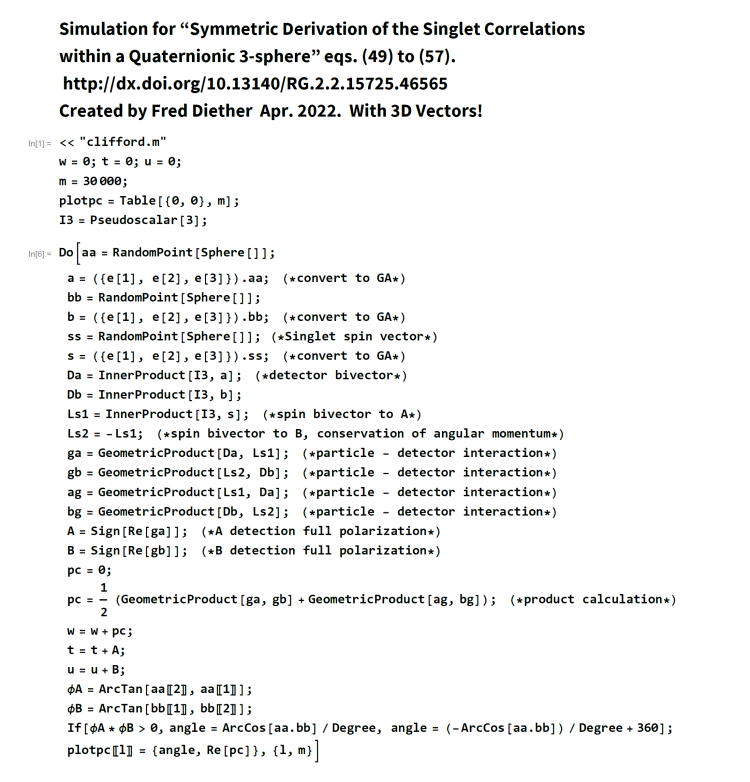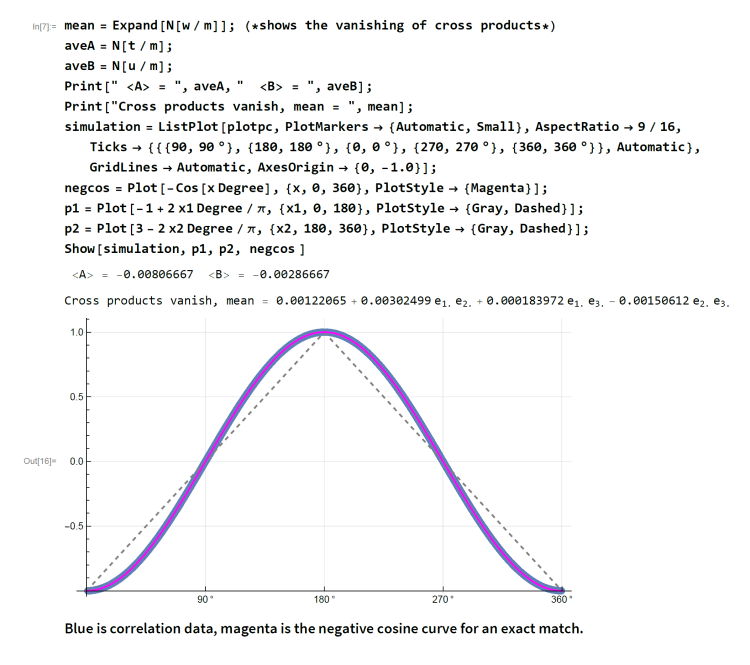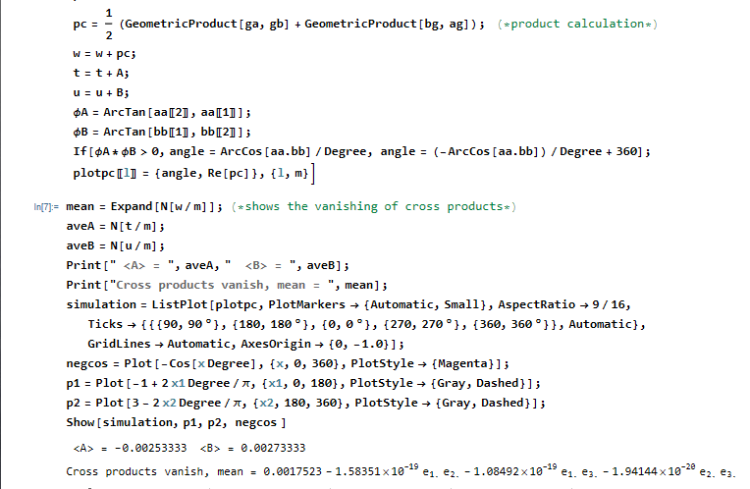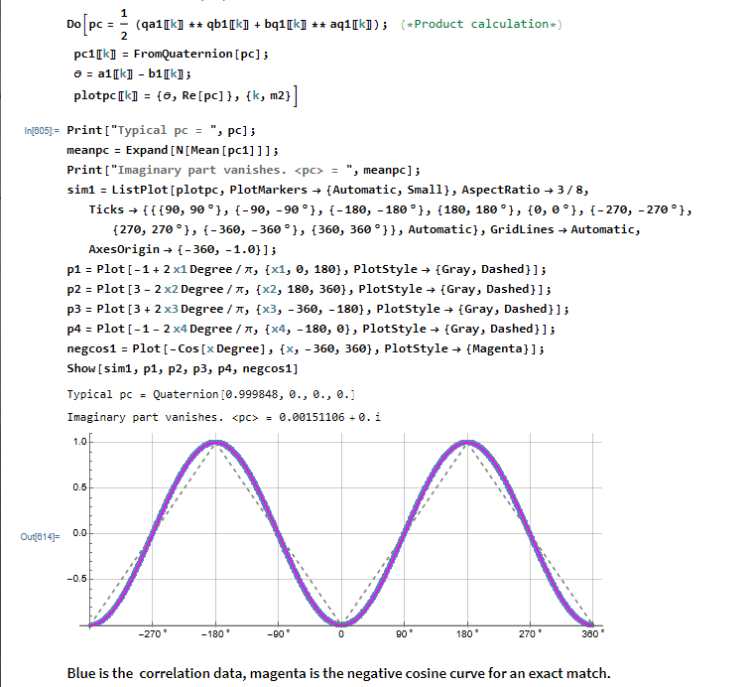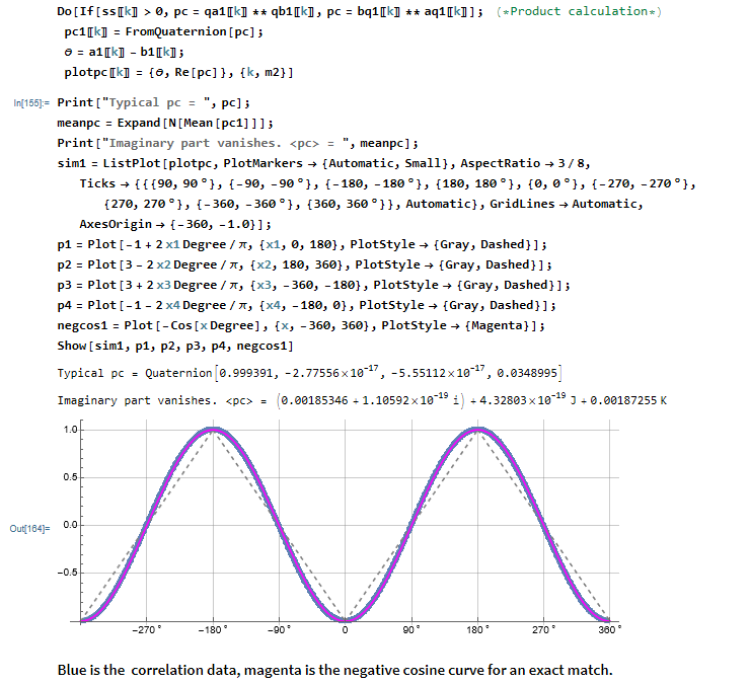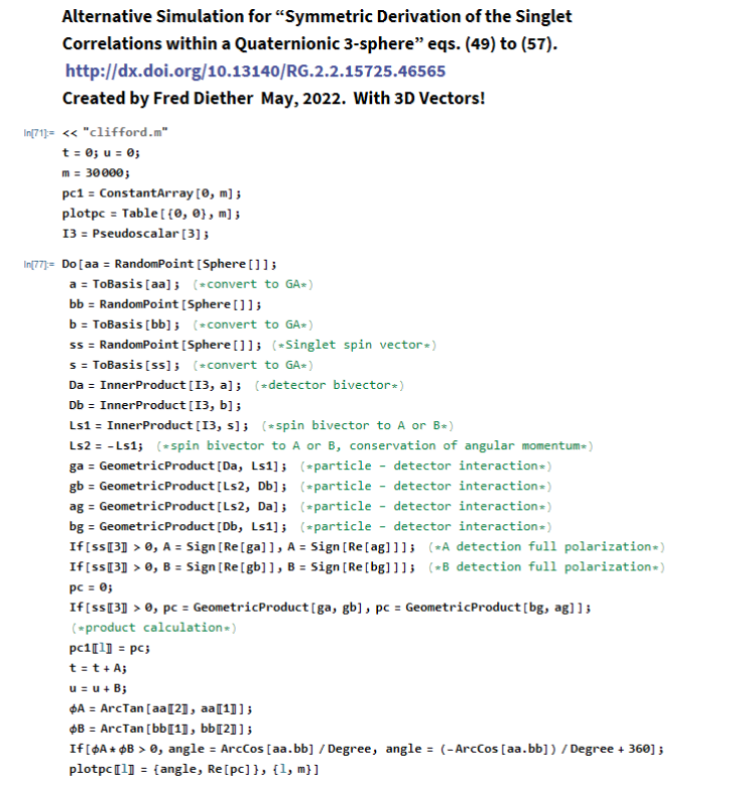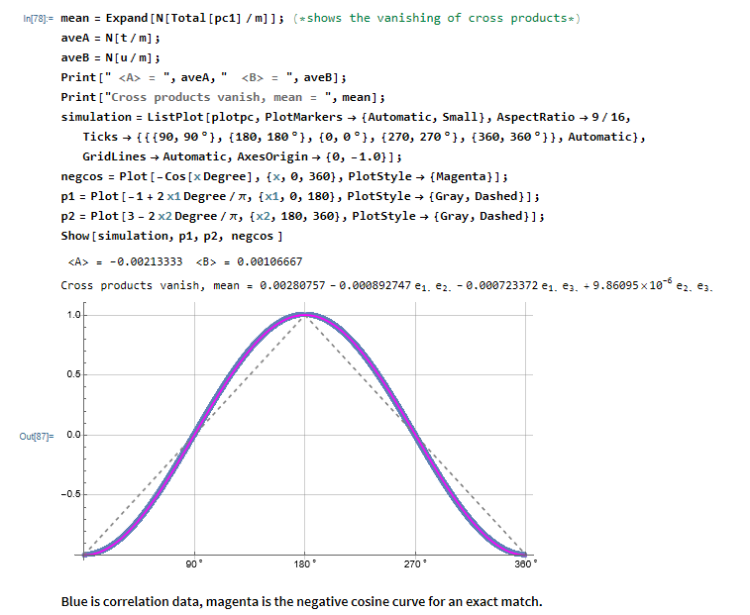I have written a new paper exposing the falsehood of Bell's theorem. It demonstrates where Bell's conceptual mistake originated from:
Symmetric Derivation of the Singlet Correlations within a Quaternionic 3-sphere, DOI: http://dx.doi.org/10.13140/RG.2.2.15725.46565
Here is what is new in this paper:Abstract: We present a symmetric derivation of the strong correlations predicted by the entangled singlet state in a local-realistic model in which the physical space is assumed to be a quaternionic 3-sphere, or $S^3$, available as the spatial part of a solution of Einstein's field equations of general relativity, and compare it with Bell's local model for the singlet correlations set within a flat Euclidean space ${\mathrm{I\!R}^3}$. Since the probabilities of observing measurement outcomes for Bell's local model have never been fully worked out before, our analysis may also provide useful comparisons for other less compelling models, such as those relying on retrocausality and superdeterminism. Apart from the conservation of spin angular momentum, the key attribute underlying the strong singlet correlations within $S^3$ turns out to be the spinorial sign changes intrinsic to the quaternions that constitute the 3-sphere. We also discuss anew a macroscopic experiment that can, in principle, test the 3-sphere hypothesis.
(1) I have not used the orientation lambda as a hidden variable. This eliminates some unfounded objections to it, such as those by Gill and Lasenby.
(2) With lambda gone, there are no grounds for another unfounded claim by Gill, that AB = -1 in the model regardless of the settings a and b.
(3) I explicitly bring out the mistake made by Bell and Peres in their computation of correlations within the original Bell's local model of 1964.
(4) I do not use the rotation axis r_0, or show that it vanishes in the measurement limits (most likely this point is of interest to Fred Diether).
(5) I discuss in more detail my proposed macroscopic experiment (originally published in 2015) to test the physical relevance of Bell's theorem.
(6) The derivation of the strong singlet correlations is now simpler, completely clean, and unambiguous (just like all of my previous derivations).
Finally, in anticipation of another unfounded objection, note that conservation of spin angular momentum holds only for the free evolutions of the spins. The conservation law does not hold during the physical interactions that take place during the detection processes at the two ends of the experiment.
.
